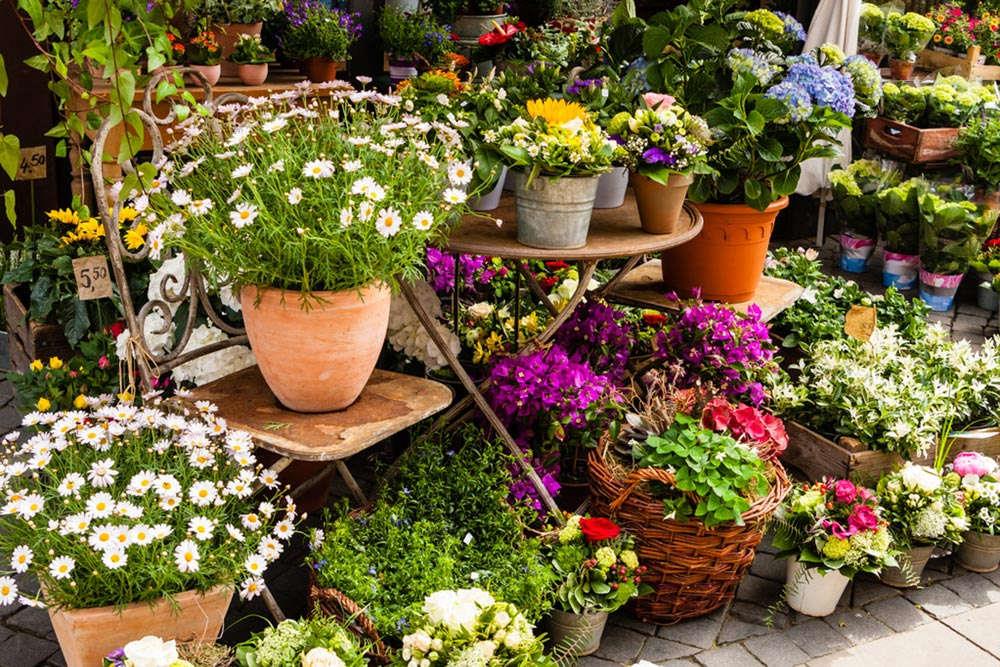Ginseng fruit cultivation methods and precautions
Last Update :2024.05.04
Article Catalog
3. Problem diagnosis and treatment
Usually the temperature should be kept between 15℃~20℃, neither high temperature nor low temperature is suitable. The soil must be kept moist at all times. As the plant grows, its demand for water becomes higher and higher. It is necessary to provide sufficient warm light. Longer light time will also be conducive to ripening. Farmyard manure should be applied before planting, and top dressing should be applied frequently during the growth period.

1. Maintenance methods
1. Maintenance method
1. Temperature: Ginseng fruit likes a warm and comfortable growing environment. The suitable temperature for growth is between 15 and 20 degrees, and the temperature cannot be higher than 38 degrees. , it cannot be lower than eight degrees, otherwise the growth will be poor. At the same time, if the temperature is around zero, the entire plant will be frozen to death, so the temperature must be controlled during the breeding period.

2. Watering: demand for water during growth The amount is relatively high, and the plant will need more water during the flowering and fruiting period. The soil must be kept moist at all times, so that it can grow better. Specific watering requires observing changes in the soil, but during the watering process There should also be no water accumulation to avoid root ulcers.
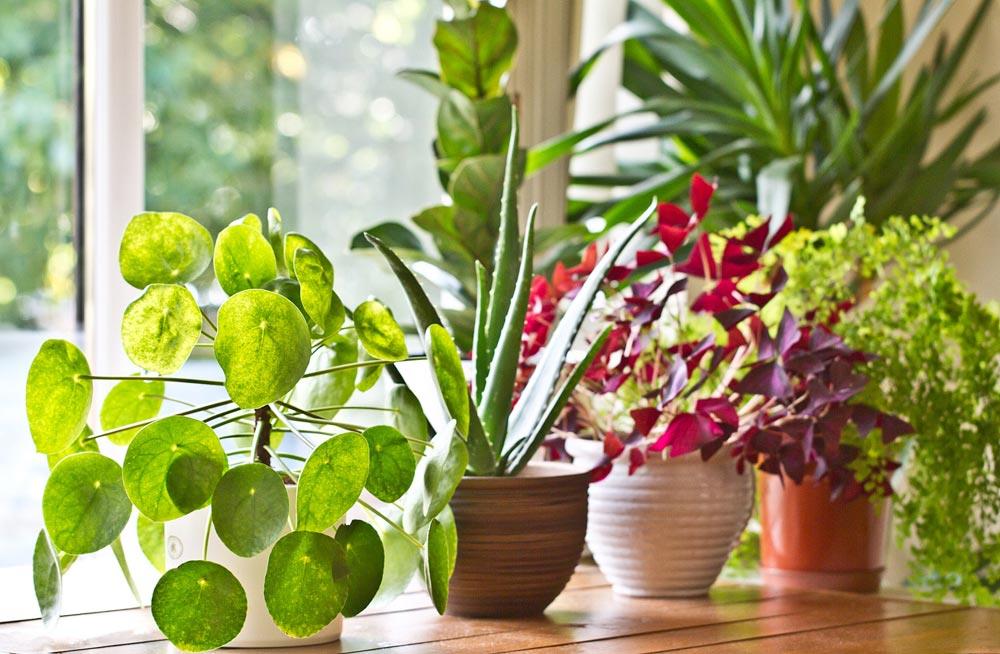
3. Light: The fruiting period of ginseng fruit must be sufficient. The fruit will grow more ideally under sufficient light conditions, and when the light reaches the required growth, the fruit will mature as soon as possible. But it cannot accept too strong light. If the light is too strong, the branches and leaves will become curled and will be affected to a certain extent.

4. Fertilization: Apply enough base fertilizer before planting. Fertilize enough, it is best to use farmyard manure, so that it will be beneficial to the absorption of the seedlings. During the subsequent breeding period, you should also top-dress it from time to time. Top-dressing is mainly compound fertilizer. Fertilization can also be combined with watering to let the fertilizer All down to the roots.
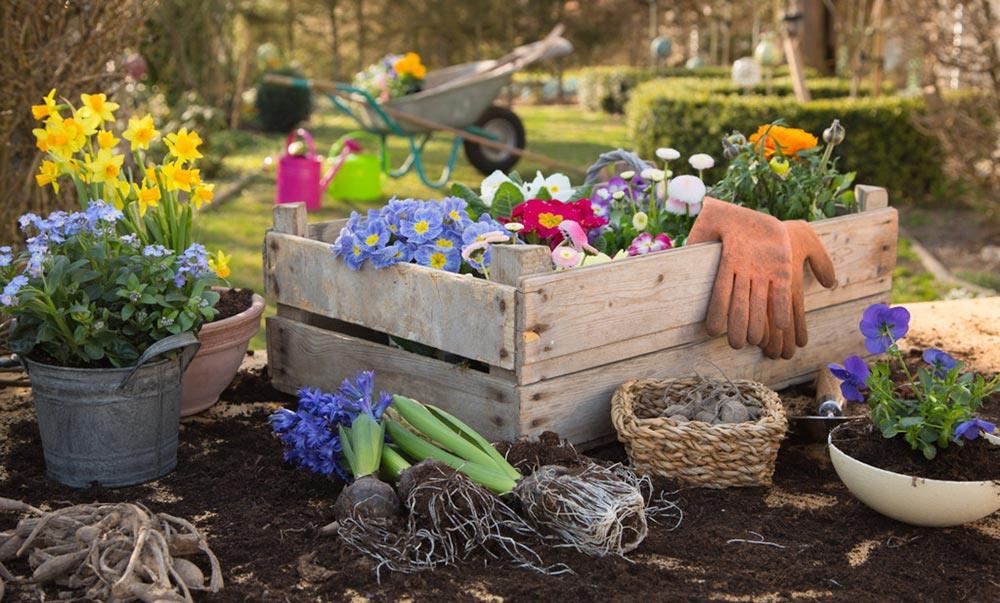
2. Breeding skills
1 . Reproduction: Cutting is the main method of reproduction. Cutting can be carried out all year round, but it is best done in spring and autumn. The temperature in these two seasons is the most suitable and conducive to growth. Of course, the temperature is between ten and ten. The temperature between five and thirty degrees is optimal.
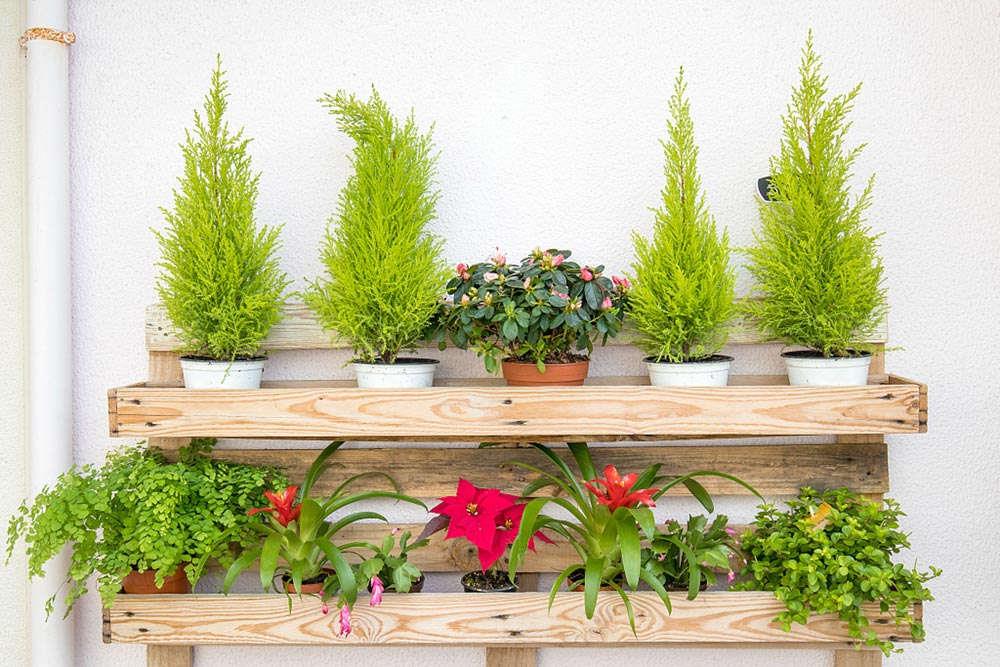
2. Pruning: The branching ability of ginseng fruit is very powerful , so you need to prune it from time to time, cut off some wildly growing side branches, reduce the loss of nutrients, and allow the main trunk to grow unaffected.

3. Problem diagnosis and treatment
1 Disease: Leaf mold will occur in summer. This disease will appear some brown spots on the back of the leaves, and the leaves will become curled. Therefore, it is necessary to increase ventilation and cut off all diseased branches and leaves.

2. Pests: Red spiders will appear and can be sprayed 28 % cyanide·phoxim emulsifiable concentrate 1000 to control it, it will be under control after using it several times.

4. Other questions
1 , Toxicity: It is not poisonous and is a fruit with relatively high nutritional value.

2. Can it be grown at home: No, it can be grown outdoors. It is the most suitable, but the conditions at home cannot meet its needs.
The difference between Huilan grandiflorum and Melanthe orchid
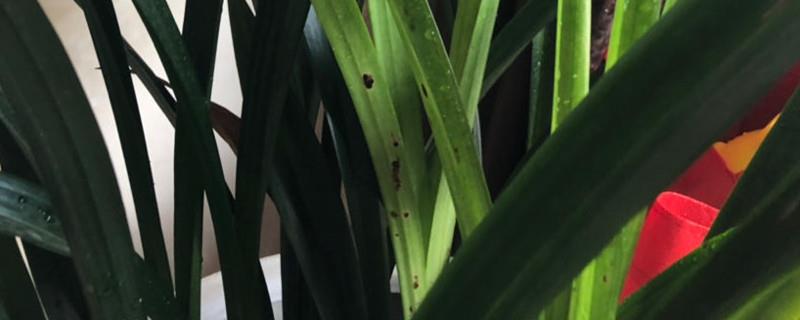
The leaves are different: Cymbidium has 4-6 leaves, and the individual leaves are ...
Methods and precautions for cultivating acacia flowers

Soil: When raising acacia flowers, you should choose deep, well-drained soil, and ...
